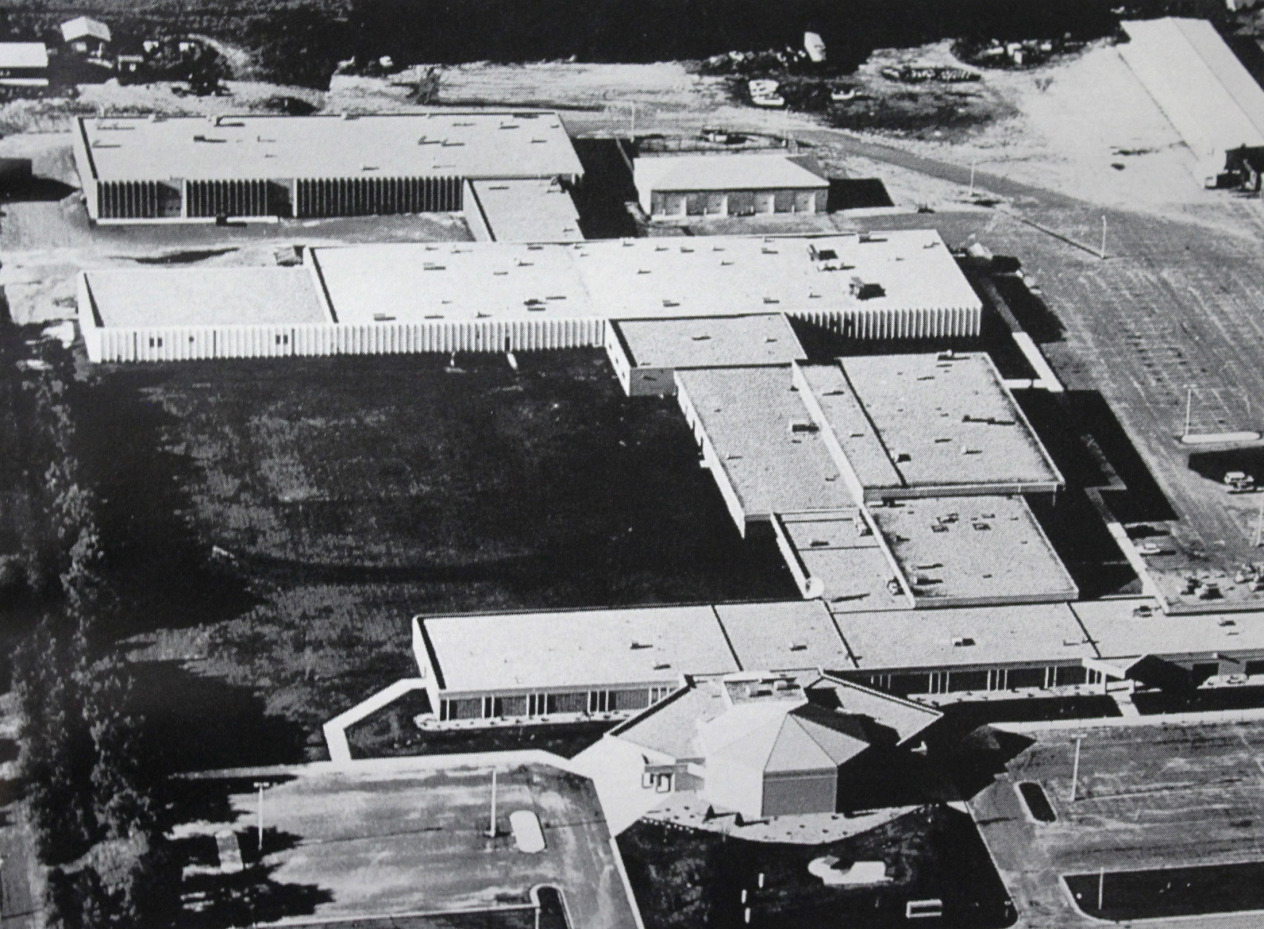Title
Course Descriptions
Body
Sections
Filters
Credits:
3 (2/1/0)
This course will cover marine engine and drive systems: fundamentals, engine removal, engine installation and basic system testing.
Credits:
3 (1/2/0)
PowerSports Fuel Systems covers the theory and operation of both carbureted and fuel injection fuel systems. Included in the course are inspection, troubleshooting, seasonal service requirements and fuel quality testing.
Credits:
3 (1/2/0)
This course is a continuation of the Electrical Foundation course and will cover the study of electrical systems used on power sports equipment. It will focus primarily on ignition and starting systems. Students will learn and apply the theories of ignition, induction, charging and starting systems. Emphasis will be on proper use of test equipment along with the generation and flow of electricity. Students will apply the theories of ignition, induction, charging and starting systems.
Credits:
3 (1/2/0)
Marine Fuel Systems covers carbureted and electronic fuel injection systems on marine products. Students apply the theories of fuel system operation to both two- and four-stroke engines. Included in the course are inspection, troubleshooting, seasonal service requirements and fuel quality testing.
Credits:
3 (1/2/0)
This course covers snowmobile engine designs, component identification and engine service procedures, as well as snowmobile fuel systems and service.
Credits:
3 (1/2/0)
Electrical Foundations covers the theory and practical operation of electricity. Multi-meters and test instruments are used, giving students the solid foundation they need to understand the more advanced electrical systems covered in future coursework.
Credits:
5 (2/3/0)
This course covers snowmobile engine designs, component identification and engine service procedures. This course also covers snowmobile fuel systems and service.
Credits:
2 (1/1/0)
This course covers generator components and test procedures. Students will test generator voltages and learn how to diagnose and repair generators. Students should have a basic understanding of electricity and electrical meter usage.
Credits:
3 (1/2/0)
This course covers the theory and service of hydraulic systems used on a wide range of off-road applications. Hydro-static transmissions, power steering and power trim system service will be performed. System troubleshooting as well as component service also will be included in this course.
Credits:
3 (1/2/0)
Outboard Engine Systems introduces the fuel and electrical systems used on outboard motors. Primary focus will be on fuel and oil injection systems along with ignition, starting and charging systems. Students will learn the theories of operation and proper use of test equipment and repair.
Credits:
3 (1/2/0)
This course covers the operational theory and service of the outboard and sterndrive drive units. Gear ratios, drive shaft housing and gear cases will be investigated. Complete drive system disassembly, measurement, analysis, shimming and rebuilding will be performed.
Credits:
3 (1/2/0)
All-Terrain Vehicles Systems focuses on various types of four-cycle ATV engine fuel and electrical systems. Students will also examine chassis and drive train components.
Credits:
3 (1/2/0)
This course offers a view of maintenance, diagnostics and post-repair inspections of chainsaws. Generator components and testing procedures are also covered. Students test generator voltages and learn how to diagnose and repair generators, and have the opportunity to complete several manufacturers' online service training programs.
Credits:
3 (1/2/0)
Snowmobile Clutch and Drive Systems identifies major components of the complete drive system and discusses maintenance, routine adjustment and tuning of the continuous variable transmission (CVT).
Credits:
3 (1/2/0)
This course focuses on various types of four-cycle motorcycle and ATV engines. Students will learn engine service and maintenance procedures. Students will also learn about motorcycle fuel systems and related components.
